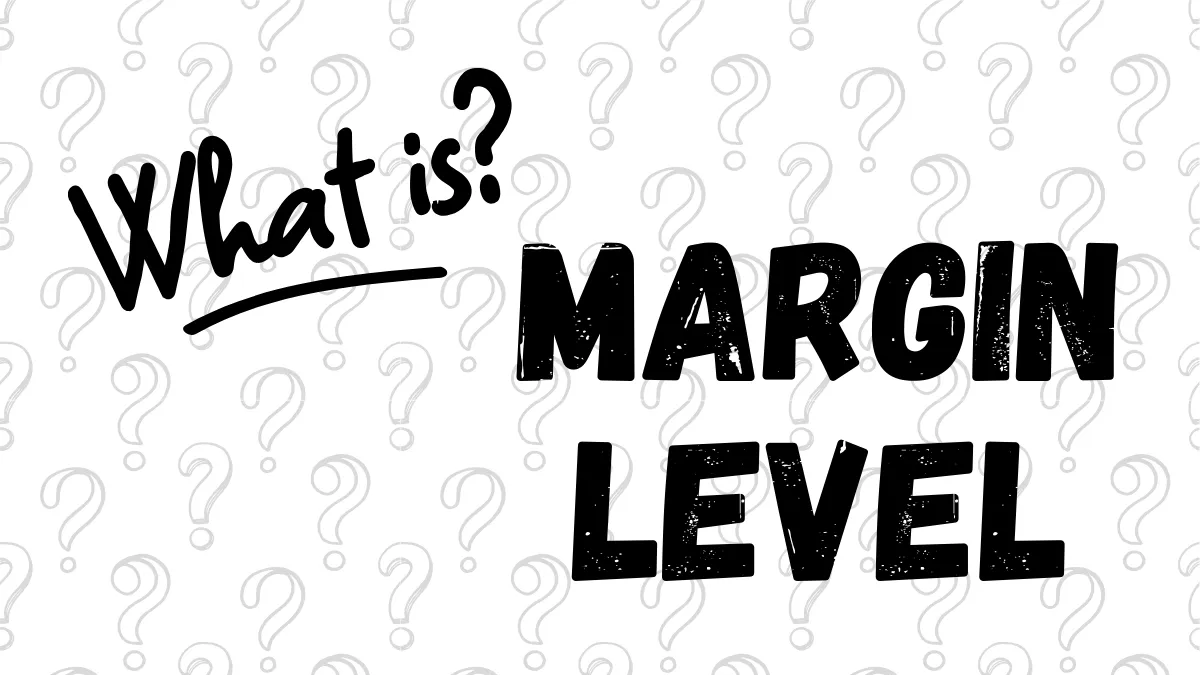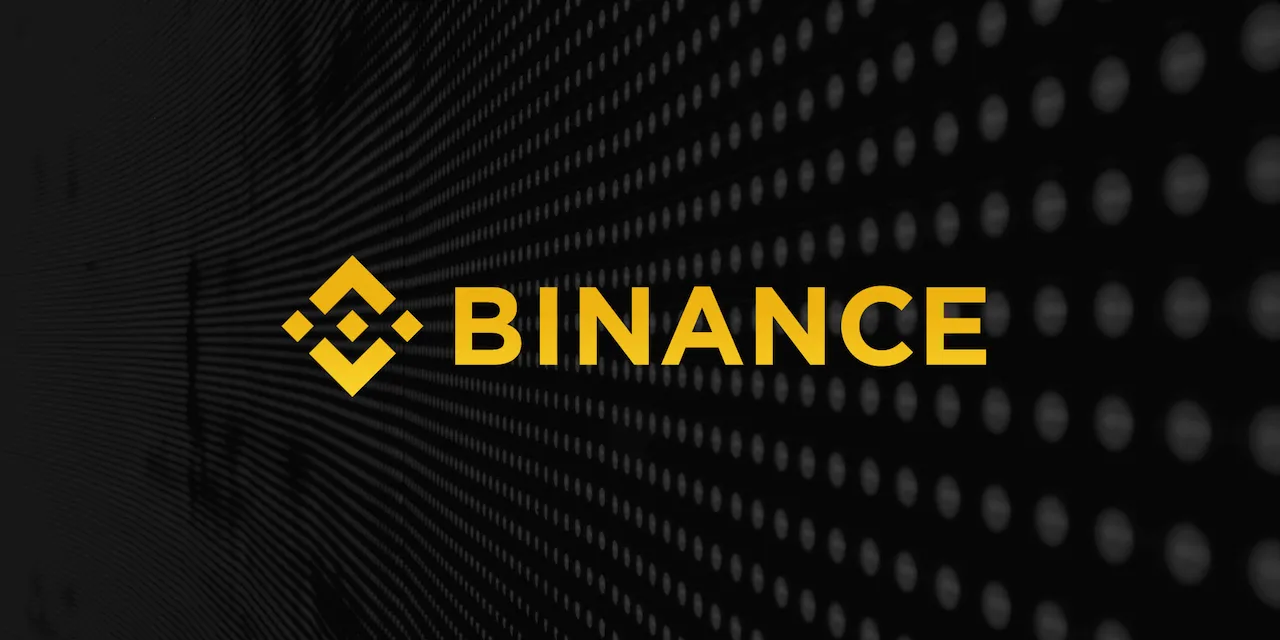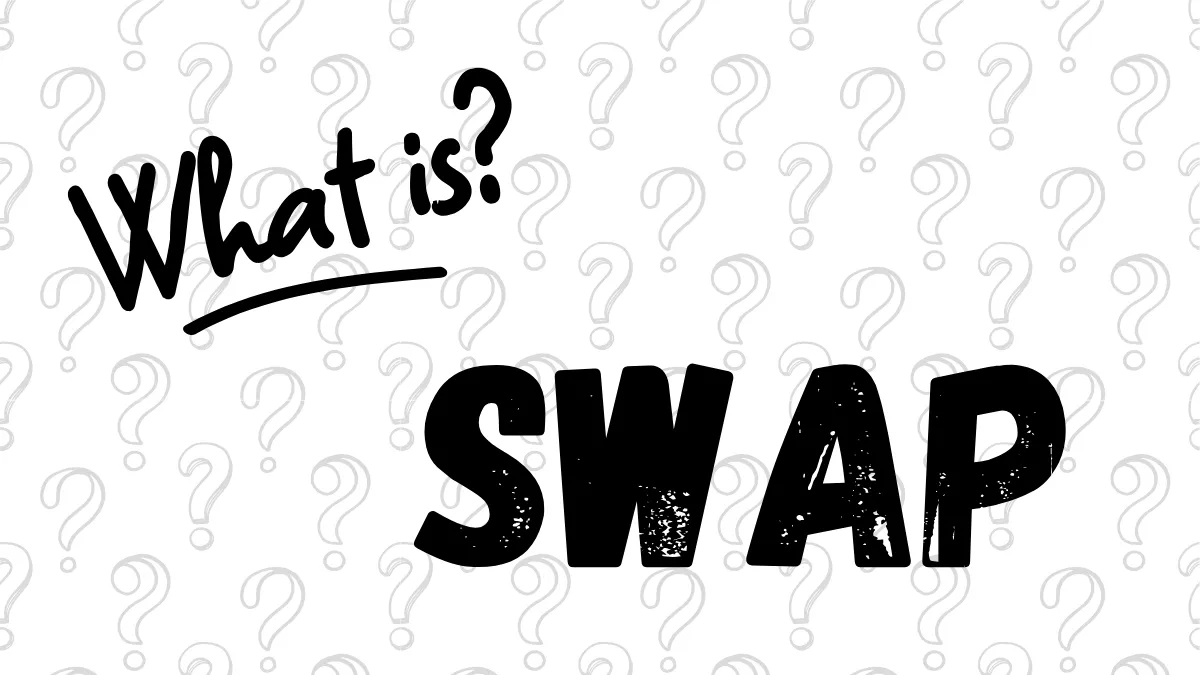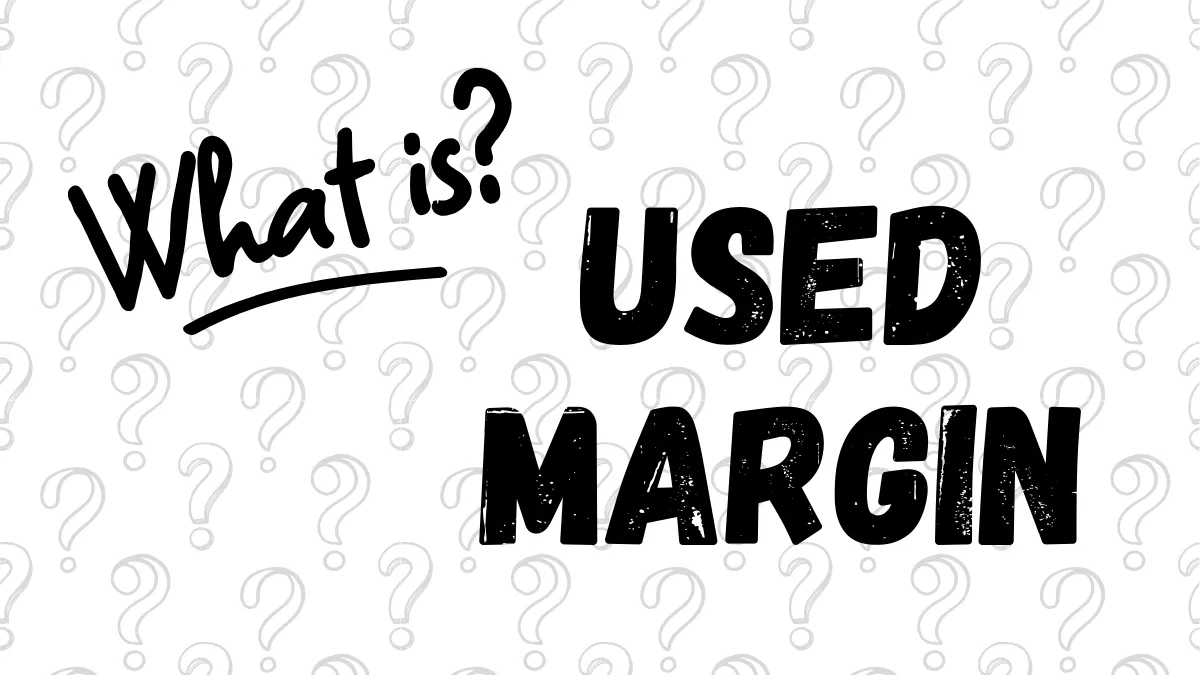What is margin level?
Margin Level is an important indicator used in foreign exchange trading to measure the status of account funds. It reflects the percentage of your equity relative to the used margin. Margin Level lets you know how much available funds you have to open new positions and helps assess whether there is enough capital to maintain existing trades.Margin Level Calculation Formula:
- Margin Level = (Equity / Used Margin) x 100%
For example:
- Assuming your equity is $5,000 and the used margin is $1,000, then your margin level is:
- Margin Level = (5,000 / 1,000) x 100 = 500%
This indicates that you have sufficient free margin to open new positions.
How Margin Level Works:
- High Margin Level:
When your margin level is above 100%, it indicates that you have more free margin available to open new trades. Such accounts are usually well-funded and can withstand market fluctuations. - Low Margin Level:
When the margin level drops close to 100%, it means your equity equals the used margin, and you will not be able to open new positions. If the margin level continues to decline, it may trigger a margin call or the risk of forced liquidation.
Impact of Margin Level:
- Margin Call:
When the margin level falls to 100% or lower, the broker may require you to add funds or close some positions to ensure you can maintain existing trades. - Stop Out:
If the margin level further declines and triggers the stop-out level (usually below 100%, depending on broker regulations), the broker will automatically close positions to prevent further losses in the account.
Summary:
Margin Level is a key indicator in foreign exchange trading. It helps you manage funds and avoid trading risks due to insufficient capital. Maintaining a healthy margin level helps avoid margin calls and the risk of forced liquidation, ensuring stable trading.Hi, We are the Mr.Forex Research Team
Trading requires not just the right mindset, but also useful tools and insights.Here, we focus on Global Broker Reviews, Trading System Setup (MT4 / MT5, EA, VPS), and Forex Trading Basics.
We personally teach you to master the "Operating Manual" of financial markets, building a professional trading environment from scratch.
If you want to move from theory to practice:
- Help share this article to let more traders see the truth.
- Read more articles on Broker Tests and Forex Education.





